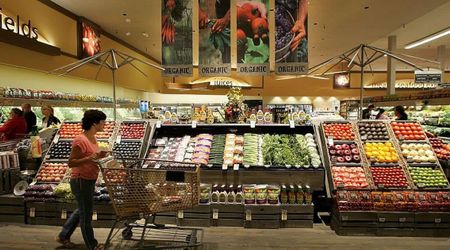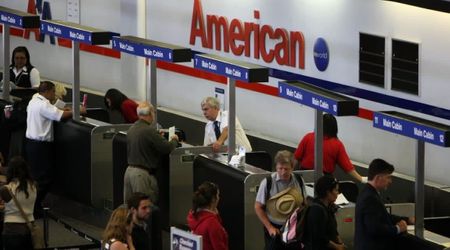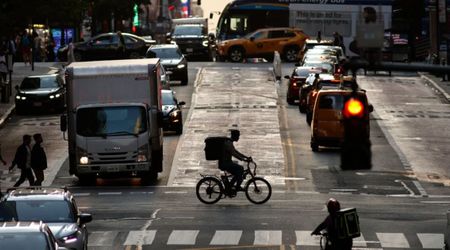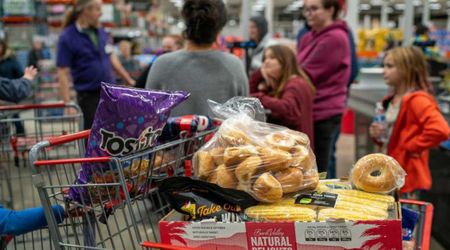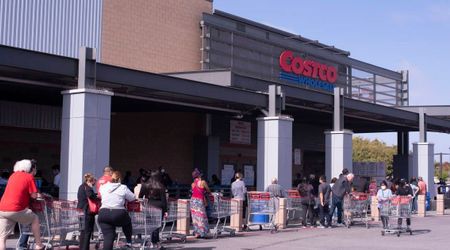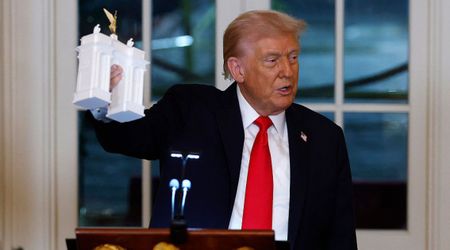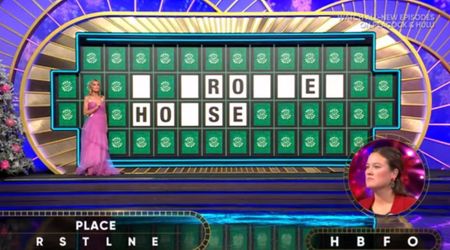More Consumers are Adopting the Click-and-Mortar Shopping Model; Here's What it Means

Online shopping may have become the norm during the pandemic, but consumers also headed back to stores in its aftermath as hybrid models were adopted in every sector. New research indicates a growing preference for the Click-and-Morta shopping model worldwide, and 4 in 10 American customers now shop in physical stores similarly to how they shop online, and also seek the same level of convenience. These shoppers leverage technology to find deals online and redeem them offline, and retailers in various countries have adapted to accommodate these preferences, offering seamless online-to-in-store experiences.
Today, 39% of consumers in the seven countries studied worldwide are Click-and-Mortar™ shoppers. Although many consider this the digital era, physical stores remain very important. 71% of shoppers find the physical store central to their shopping experience — and most shop with… pic.twitter.com/4VVXRgoj4q
— PYMNTS (@pymnts) February 21, 2024
Among these shoppers, approximately 45% are millennials adopting the Click-and-Mortar method, with 57% being parents with children at home. Moreover, Gen Z consumers fitting this profile double the proportion of baby boomers and seniors.
In-Store Shopping Preferences Rise Post-Pandemic
The report highlights that around 20% of shoppers prefer to enhance their in-store experience with digital aids. Given these significant percentages, retailers must adapt to this new breed of shoppers by integrating various digital tools and experiences into their stores.
Changes in shopping patterns since the pandemic are also evident according to a report by PYMNTS, which shows that the preference for in-store shopping among U.S. consumers has steadily increased since 2020. Conversely, the preference for online shopping peaked during the Covid-19 pandemic in 2020 and has since declined.

Meanwhile, shoppers who leverage the Click-and-Mortar model have steadily increased since the pandemic and now the segment makes up about 31% of all consumers. These shoppers prefer digitally enhancing their in-store experience or picking up online purchases in person.
With the surge of the new breed of shoppers, the report reveals that retailers are actively embracing this trend. Across the U.S., the average offline retailer is well-prepared, offering or intending to offer various features such as voice-assisted shopping, buy now, pay later (BNPL) options, digital profiles, price matching, mobile-aided shopping, online returns, and more.
Difficulty in Locating In-Store Features
In some major markets, 55% of consumers prioritize these shopping experiences, surpassing other countries in the study. As the population of Click-and-Mortar shoppers expands, the number of customers at risk of abandoning merchants due to feature failure will increase.
While merchants offer numerous desired features, consumers often struggle to locate them, highlighting a key area for improvement among merchants. This may lead to heightened satisfaction with Click-and-Mortar experiences. However, data indicates that the average consumer may encounter difficulties in accessing available features.
Additionally, retailers in the United Arab Emirates (UAE) and the United Kingdom (UK) are closely following suit. According to the UK edition of the report, over a third of UK consumers encountered difficulty accessing the digital shopping features they desired most.
However, some regions with substantial retail markets have yet to fully embrace this trend, since retailers face significant challenges on their path to implement only two of the most sought-after features, as indicated by the report.
In many countries, cultural, technological, and economic factors have hindered retailers from offering all the top digital features in physical stores.


